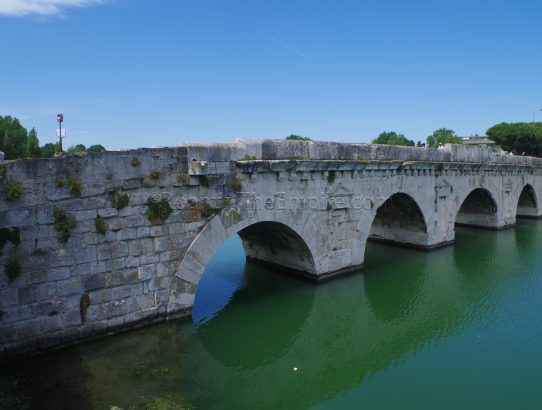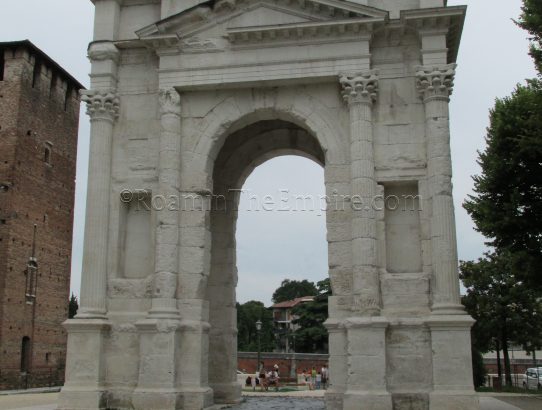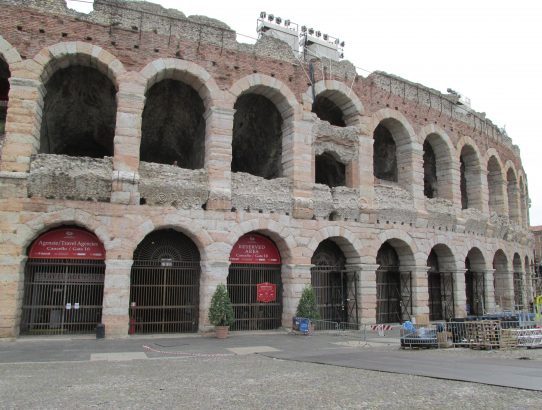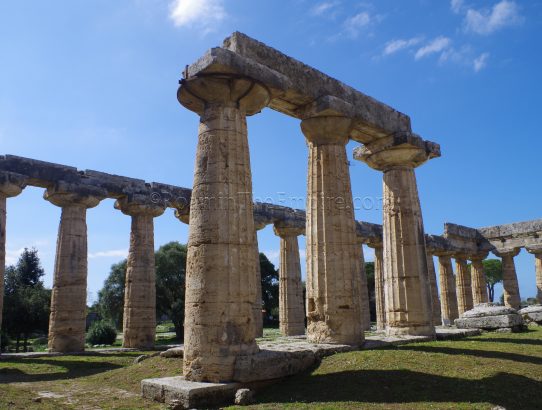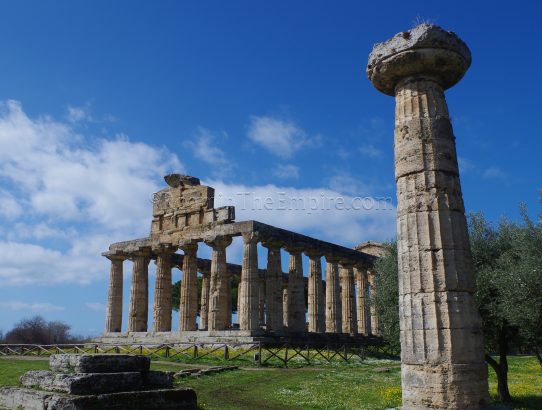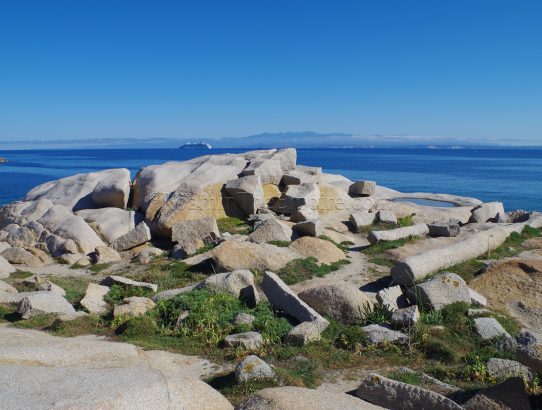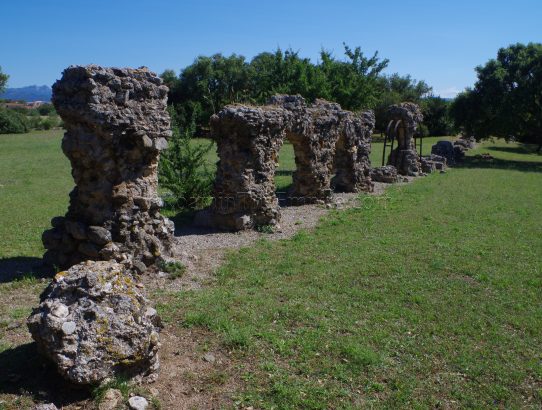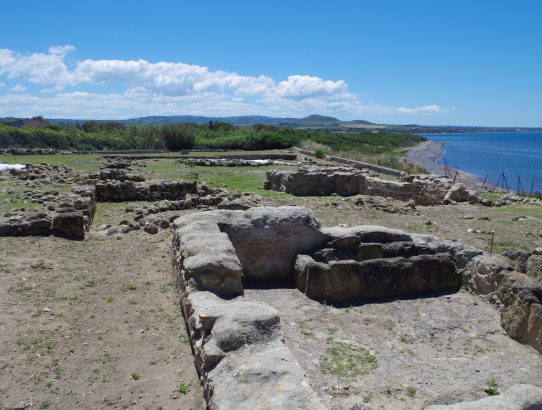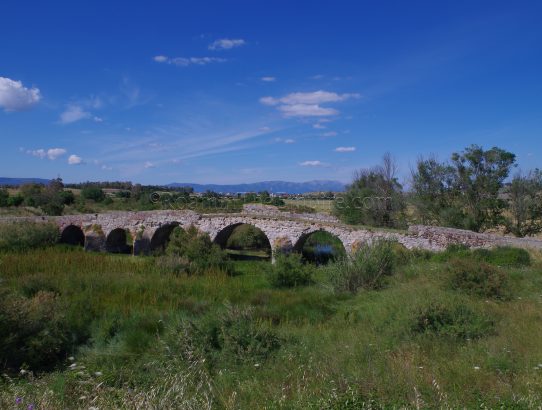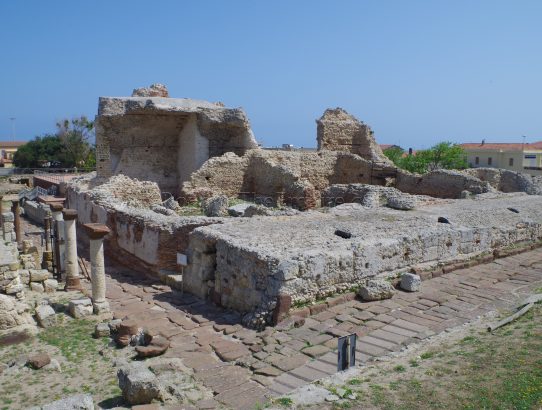Ariminum, Aemelia
History Located at the mouth of the present-day Marecchia River (the Ariminus in antiquity) is the Italian Adriatic seaside resort town of Rimini, successor of the Roman settlement of Ariminum. The area seems to have been under the control of the Etruscans until about the 6th century BCE, when the Etruscans were dislodged from the…
Read More


